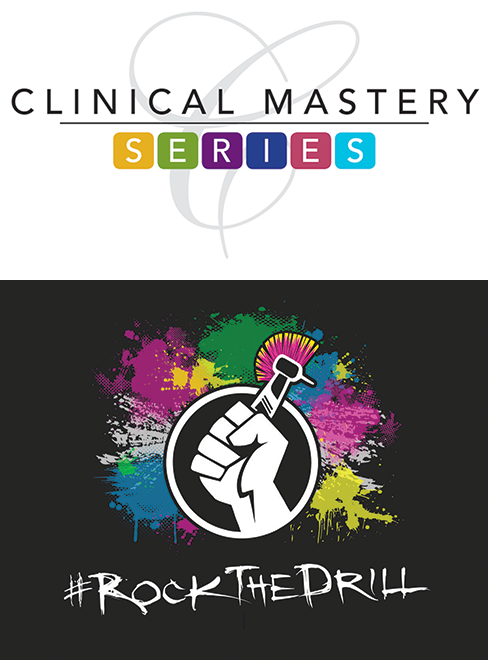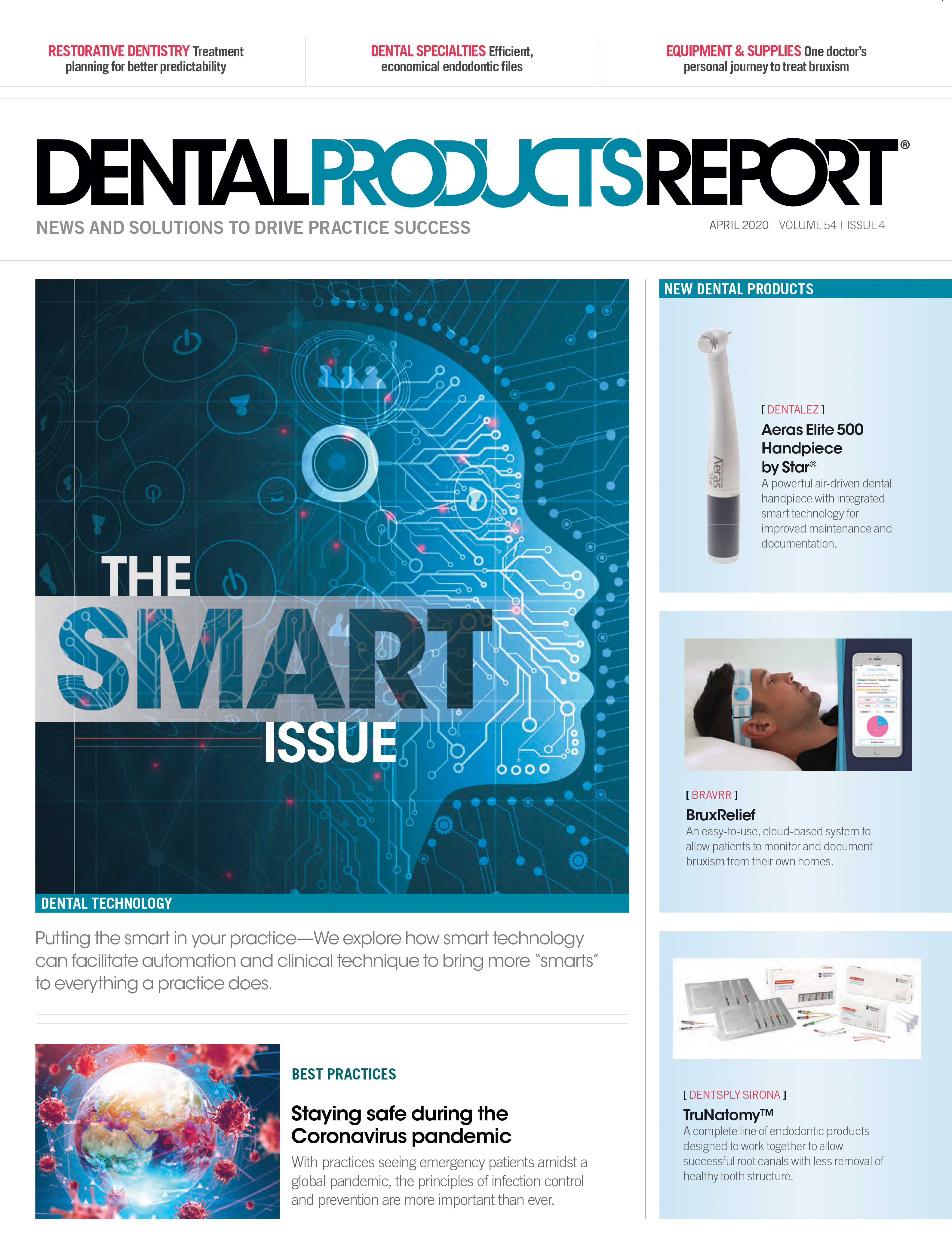Presented by the faculty of Clinical Mastery Series, the New Generation of Dental Education. Join the Movement.
How to: Treatment Plan for Better Predicability
A more complete treatment plan requires four elements-esthetics, function, structure, and biology.
As students in dental school, we all had charts with 32 teeth on them and marked the procedures in each box as needed, and scheduled the most efficient one for the patient. Most of us continued that method into our practices until we realized we needed a more comprehensive and global way of treatment planning for complex cases. At Clinical Mastery Series, we teach the development of a treatment planning process with the finish in mind.
A predictable and comprehensive plan requires a system of treatment planning based on four primary elements:
- Esthetics
- Function or occlusion
- Biomechanical or structure
- Biology (caries, perio, acid, sleep)
As a baseline, we gather full diagnostic records on patients who require three or more units of indirect dentistry or those who show signs of occlusal breakdown, meaning wear, erosion, or attrition that would leave dentin exposed to the extent that it would be age inappropriate. These records would include a deprogrammed centric relation bite with a material such as Futar D from Kettenbach LP, (Figures 1a-1b) an accurate but easy facebow such as the EZ Bow from AD2 Advanced Dental Designs (Figure 2), and upper and lower impressions from highly accurate vinyl polysiloxane materials (Figure 3). We must diagnose from complete records to include a full mouth series of radiographs or cone beam computed tomography and a full series of digital single lens reflex extraoral and intraoral photographs.
Once we have these records, we want the models mounted in centric relation on a semi-adjustable articulator such as the Stratos 300 from Ivoclar Vivadent (Figure 4). We direct the laboratory-in this case Gold Dust Dental Lab-to die pin the individual teeth, so we may remove the posterior teeth and start our analysis beginning with esthetics and function. By evaluating the mounting and starting our model equilibration from the front, we maintain control over the outcome. We are not recommending pouring and mounting models in the office. We believe it makes tremendous sense to delegate these tasks to the dental laboratory to leverage doctor and staff time to interface with patients. Doing it in office is just not cost-effective. (Figure 5 of die pinned mounted models).
Most if not all of us were taught to start our equilibration from the back and move forward, but the advantage of starting in the front is we get to know whether we can achieve guidance and coupling quicker, without mutilating posterior teeth. This technique also makes getting to our three options easier when treatment planning a case: Remove tooth structure (equilibrate), add to tooth structure (restore), or move teeth (orthodontics). We were also taught to start with the back teeth for treatment order. Perhaps the thinking was patients would not return if we did the front teeth first?
Starting in the front is logical because we can set up the proper guidance to protect the back teeth when we get there. From our model analysis and photos, we have determined in what direction we need to go, and we will start with the incisal display. Where we want the centrals to live in the face is the first question that determines smile line, length, and display. A lips-at-rest photo as well as smile photo are tremendously valuable to visualize the appropriate positions of the anterior teeth. A direct composite mock-up can help us achieve that visualization on one or two centrals, on your models, or digitally in Keynote or PowerPoint.

While looking at our mounted models in centric relation (Figure 6), we also determine whether we need to alter the vertical dimension of occlusion. Reasons include esthetics, lack of restorative room, and a degree of conservatism of tooth structure removal. Opening vertical dimension of occlusion is not the demon it is made out to be. In fact, it often makes cases much more conservative and easier to restore in terms of developing an occlusal arrangement that can contribute to a more stable and predictable outcome.
Although developing an ideal treatment plan is in fact pretty easy, it does come with challenges, when we have to plan to budgets and third-party reimbursement plans, for instance. Developing techniques to stage comprehensive cases to execute over time to help with budget concerns and communicating and presenting treatment plans to our patients are entirely different learned skills that take practice as well as repetition to achieve proficiency.
A game-changer in my practice was learning and applying a system of treatment planning and model analysis that gave me many more arrows in the quiver not only for my game plan but also for use in presentations, as well as treatment options that meet patients where they are in their dental health goals.
We invite you to join us for our Treatment Planning Workshop, with more than 50 percent of the course involving hands-on treatment planning and study model analysis to master your skills in predictable comprehensive treatment planning.
